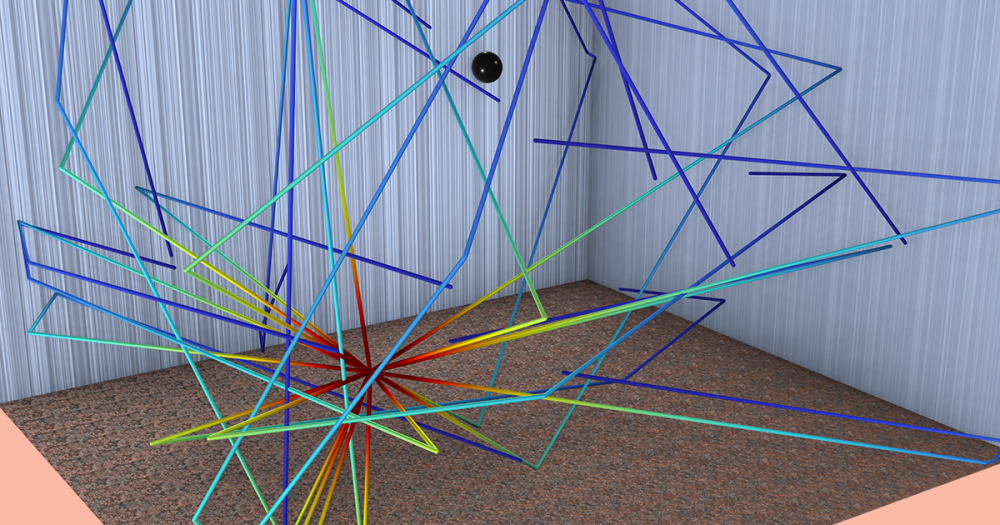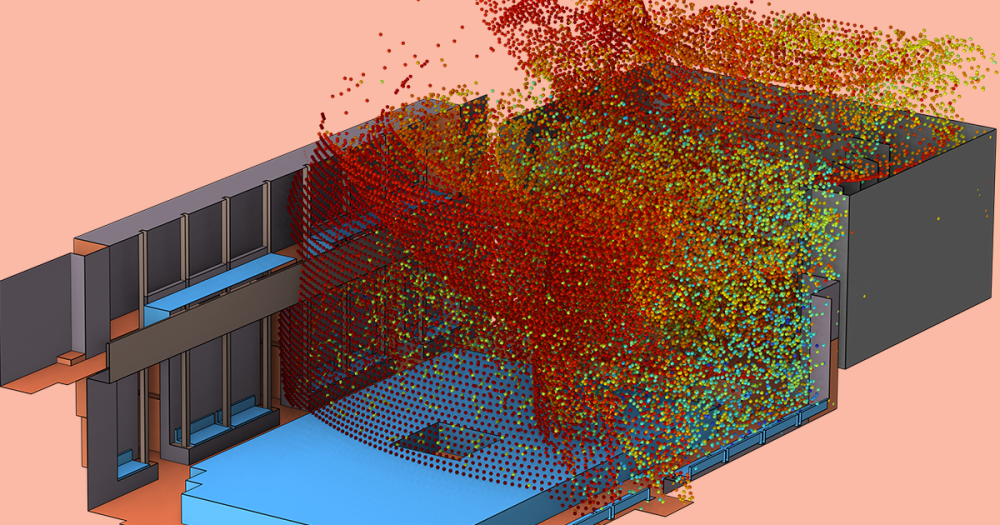
How do you avoid product failure down the line? By ensuring you manufacture accurate parts and assemble them correctly, of course. Manufacturing success stems from good design ideas. “Good ideas” are not conjured up at random; good ideas are those that are based on real-world physical principles. This video will show you how your company can infuse sound concepts into the early product development stages by modeling mechanical applications in COMSOL Multiphysics.
Modeling Mechanical Applications with Real-world Physical Principles Virtually
In the video above you will see how COMSOL Multiphysics can be used when developing concepts for mechanical applications. The real world does not function in a vacuum, so you cannot model your concepts in isolation either. On the other hand, it’s of course very costly and time consuming to go out in the real world and test your ideas before bringing them into production. The best of both worlds exists in COMSOL: real-world physical principles can be modeled in a virtual format — without limits to how you couple physical phenomena. For solid mechanics, we allow you to model linear elastic materials along with thermal stress, mechanical contact, and fatigue. We also offer nonlinear material models, such as elastoplastic, viscoplastic, creep, hyperelastic, and geomechanical models.
It’s also important to be able to collaborate easily with colleagues, and our standardized modeling platform supports you in that. Furthermore, COMSOL is compatible with many major CAD packages so that you or your employees can experience full associativity between CAD modeling and multiphysics simulation.
Recognize this video from somewhere? You may have seen it in our Video Center, on YouTube, or on Tech Briefs TV.






Comments (0)